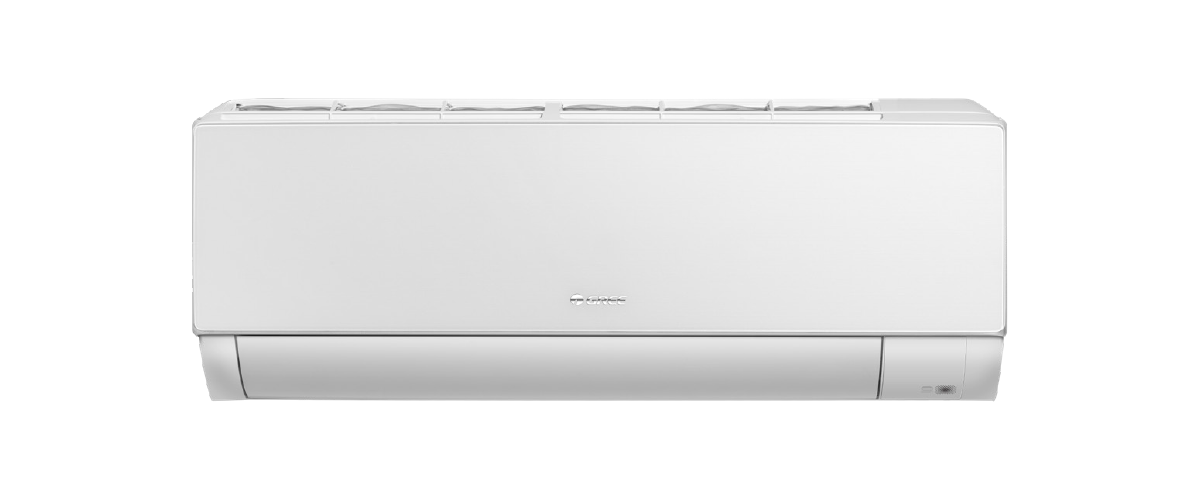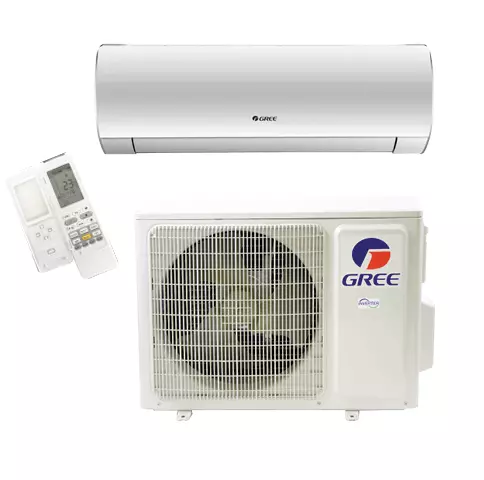Successful home heating has become a trending subject as energy fees rise and environmental concerns mount. One development finding interest could be the air supply Air Source Heat Pump (Luftvärmepump).That engineering promises equally ease and sustainability for intelligent homeowners. But does the info meet the hype? Some tips about what the figures reveal.
The Huge Picture
Heat accounts for significantly more than 60% of household energy use globally. Old-fashioned gasoline or fat systems, long the standard, are now below scrutiny. Data from the Global Energy Firm display almost 14% of global CO2 emissions result from residential heating. The seek out greener alternatives is quickly increasing water, and air source heat sends are top and center in the conversation.

The Figures on Air Resource Heat Pushes
Recent data features the growing recognition of the systems. According to market study, income of air resource temperature sends leaped 11% in 2023 compared to the previous year. The drive for net-zero homes and government incentives have played a huge role. Still, user data is just as extraordinary:
ASHPs may produce around 3 x more temperature power compared to electrical energy they consume.
Studies display several domiciles with ASHPs reduce their heating carbon footprint by around 40% compared to natural fuel systems.
Homeowners record normal power bill savings of 20–30% after making the switch.
Why Are They Trending Today?
Wise domiciles thrive on automation, efficiency, and integration. Air resource heat sends provide precisely that. Many new systems sync with thermostats, intelligent meters, and home management apps. Homeowners may modify temperatures remotely or collection automatic modes that understand family behaviors, optimizing comfort while minimizing waste.
Scientific advances also suggest these methods are designed for cool areas a lot better than before. Data from colder nations implies that also at temperatures below freezing, modern ASHPs work effortlessly and reliably.
Issues and Criteria
Not all figures paint a positive picture. Preliminary installation prices may be high, sometimes dual that of a conventional furnace. But, industry studies claim that government rebates and decreasing engineering prices are thinning this gap each year.
The technology is most effective in well-insulated homes. New surveys demonstrate that poor warmth may reduce effectiveness by around 20%. Smart home updates frequently include padding improvements along with temperature push installations, maximizing returns.

The Base Point
Air resource temperature pushes are far more than simply a trend. Data-driven insights prove their price for comfort, savings, and sustainability. For homeowners seeking to join the smart house wave, ASHPs are a alternative reinforced by equally innovation and solid statistics.
The numbers create a persuasive case—if heat better is your aim, discovering an air resource heat pump might be your best transfer yet.
